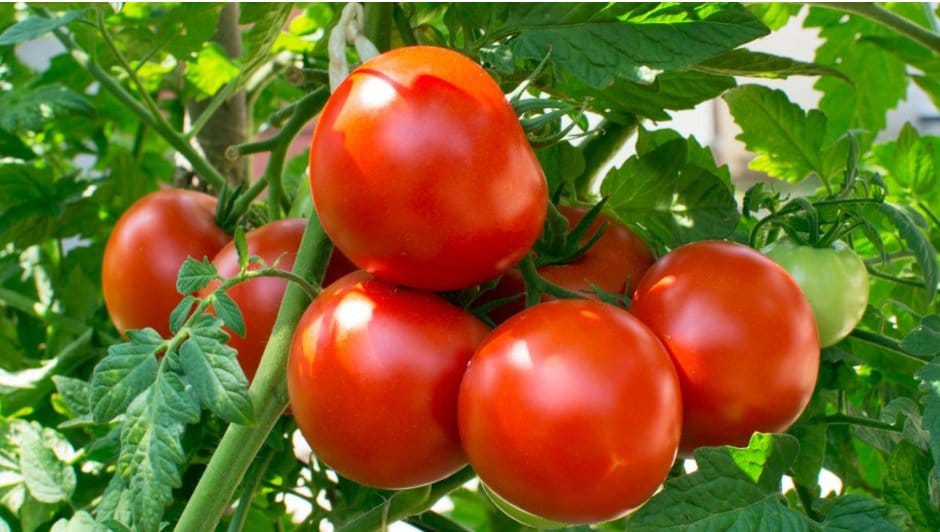History of Tomato farming across continents

Tomato farming has one of the most fascinating agricultural histories, stretching across continents and centuries. From its wild beginnings in South America to becoming a global food staple, the tomato’s journey reflects not only the evolution of agriculture but also the blending of cultures and cuisines worldwide.
Origins in South America
The history of tomato farming begins in the Andean region of South America, particularly in what is now Peru, Ecuador, and northern Chile. This region was home to wild tomato species that grew naturally in the highlands. Early Indigenous communities collected and used these wild fruits long before organized cultivation began.
However, it was in Mexico that the tomato truly began its domestication. The Aztecs and other Indigenous peoples of Mexico cultivated tomatoes over 2,500 years ago, incorporating them into their diets and traditional dishes. They called the fruit “tomatl,” a term that later evolved into the English word “tomato.”
Tomatoes were used in sauces, stews and as part of the Aztec diet long before European contact. They were often combined with chili peppers and other native crops, forming the foundation of the Mexican cuisine we know today.
The Spanish connection: Tomato reaches Europe
When Spanish explorers arrived in the Americas in the 16th century, they encountered tomatoes and quickly carried seeds back to Europe. This marked the beginning of the tomato’s global journey. However, its introduction to Europe was met with hesitation.
Because the tomato belongs to the nightshade family (Solanaceae)a group that includes several poisonous plants such as belladonna,many Europeans initially thought tomatoes were unsafe to eat. They admired the tomato plant for its bright and exotic fruits, often growing it as an ornamental curiosity in gardens rather than as a food crop.
Acceptance in Mediterranean Cuisine
By the 17th century, attitudes began to shift, particularly in Italy, Spain and Portugal. These Mediterranean countries embraced the tomato for its unique flavor and adaptability. Italian cooks started using tomatoes in sauces, stews and pasta dishes, giving rise to culinary traditions that continue to shape global cuisine today.
The tomato soon became a key ingredient in Mediterranean diets, known for its health benefits, rich color and versatility. From Italy’s pasta sauces and pizzas to Spain’s gazpacho and Portugal’s seafood dishes, tomatoes became synonymous with freshness and flavor.
Tomato farming expands globally
As trade and exploration increased, tomato cultivation spread across Europe, Africa, and Asia*. Farmers began selecting varieties suited to different climates and soils, helping the crop adapt to diverse growing conditions.
In Africa, the tomato found an ideal home. Its ability to thrive in tropical and subtropical climates made it a valuable crop for both household consumption and local markets. Over time, it became one of the most common vegetables in African diets, used in stews, soups and sauces.
During the 19th and 20th centuries, tomato farming benefited from advances in agricultural science. Plant breeding led to the development of improved varieties with better yield, disease resistance, and flavor. The introduction of irrigation systems, pest control methods and greenhouse technologies further boosted production, allowing farmers to grow tomatoes year-round in many parts of the world.
Modern Tomato Production
Today, tomato farming is a multi-billion-dollar global industry. The fruit is cultivated in nearly every country, with production ranging from smallholder farms to large commercial greenhouses. According to global agricultural data, China, India, the United States, Turkey and Egypt are among thelargest tomato producers* in the world.
The demand for tomatoes continues to grow due to their nutritional value and culinary diversity. Tomatoes are rich in vitamin C, potassium and lycopene, a powerful antioxidant associated with heart health and cancer prevention. They are consumed fresh, cooked or processed into products such as tomato paste, sauces and juices.
In many countries, tomato farming also supports rural employment and agribusiness industries from seed suppliers and fertilizer manufacturers to food processors and exporters. Innovations in greenhouse farming, drip irrigation and organic production are helping farmers meet the increasing global demand while promoting sustainability.
The legacy of a global crop
From the wild Andes to dinner tables worldwide, the tomato’s journey is a story of adaptation, innovation and cultural exchange. Once a small wild berry, it is now one of the world’s most important crops, feeding millions daily and shaping global cuisines.
As climate change and population growth continue to influence agriculture, the history of tomato farming reminds us of the power of innovation and cooperation. Farmers, scientists and consumers all play a part in continuing the tomato’s remarkable legacy,a symbol of how food connects people across continents and generations.









